Quantum computing operations are realized using acoustic devices, paving the way for a new type of quantum processor.


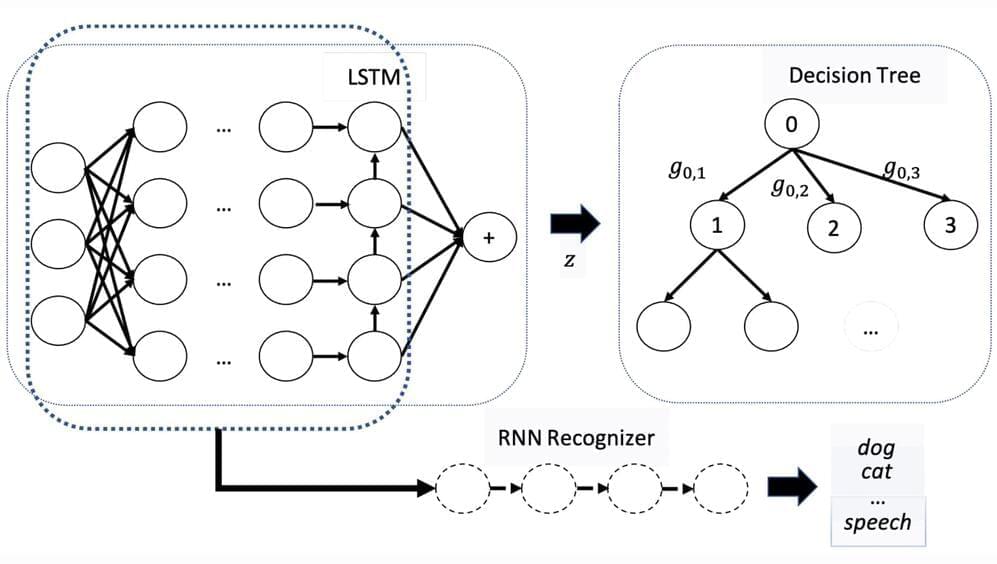
At this year’s IEEE International Conference on Acoustics, Speech, and Signal Processing (ICASSP), the Alexa AI automatic speech recognition organization is rep… See more.
Multimodal training, signal-to-interpretation, and BERT rescoring are just a few topics covered by Amazon’s 21 speech-related papers.
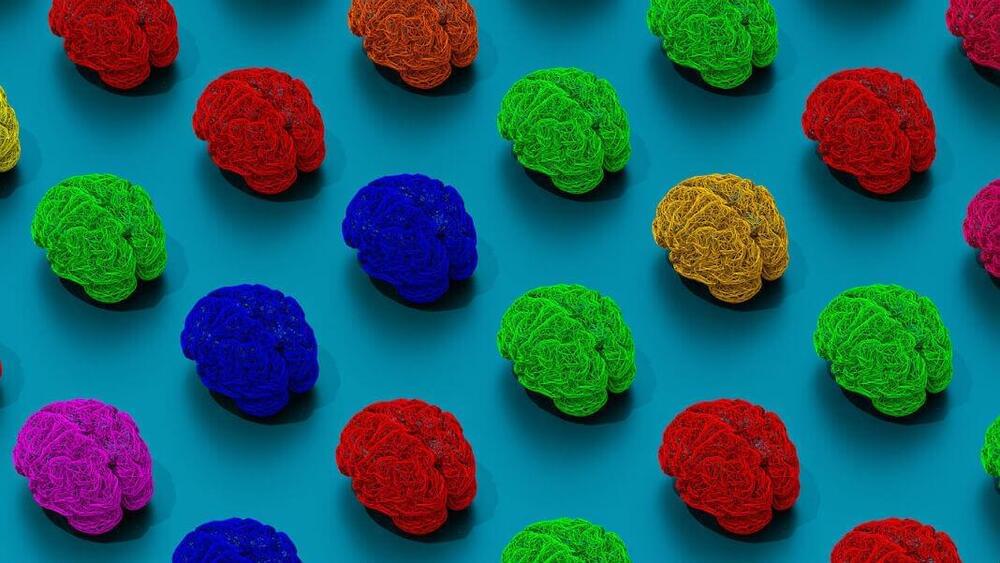
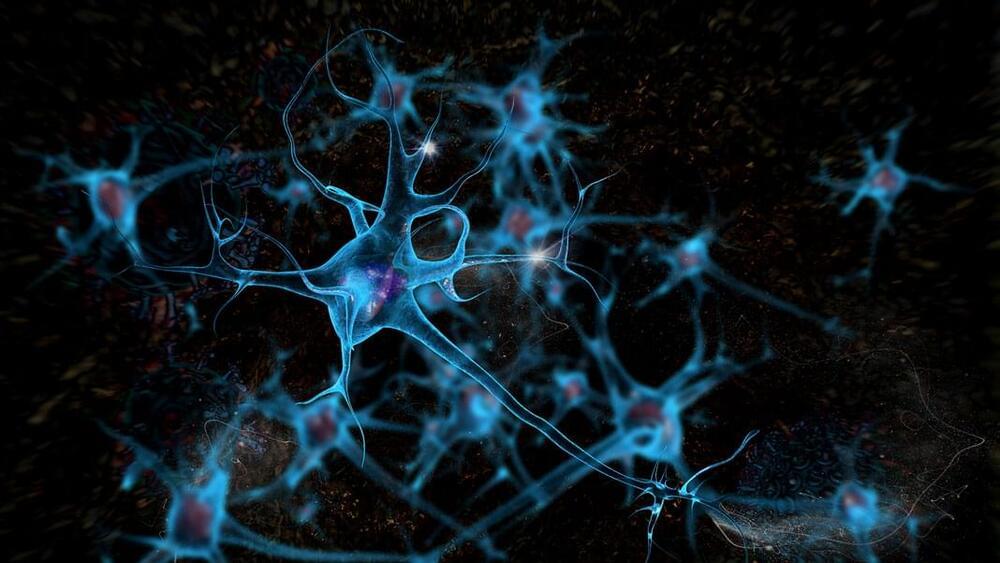
Dr. Thomas Lehner was tired of his research repeatedly hitting a wall.
A scientist at the National Institute of Mental Health, Lehner studies the genetic underpinnings of neuropsychiatric disorders. Teasing out associated genes turned out to be relatively simple. Schizophrenia, for example, is linked to small variations in some 360 genes.
The problem is identifying the ones that really matter—culprit gene variants that can be turned into predictive tests, similar to the BRCA gene for breast cancer.
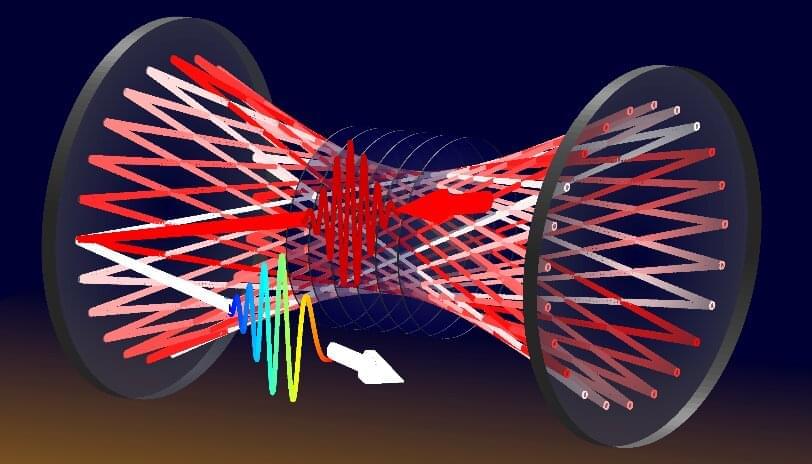
The first demonstration of the laser in 1960 was rapidly followed by the birth of a new research field: nonlinear optics. The unique coherence properties of stimulated emission, the fundamental physical process of laser radiation, has enabled intensities that exceed those of incoherent sources by many orders of magnitude. The high intensities drive electrons so strongly that they oscillate with frequencies different from those of the driving light field. The subsequent dipole emission can be extremely colorful. Optical fiber or laser filaments have been used as waveguides for decades to maximize this effect and to generate extremely broadband light pulses.
However, if the laser pulses carry too much energy, fiber suffers from damage and light filaments break-up, such that the unique spatial properties of laser radiation are lost. Researchers from the German Electron-Synchrotron DESY in Hamburg, Germany, and the Helmholtz-Institute Jena, Germany have now reported a new method for guiding light in an energy-scalable manner. Guiding is accomplished by the use of two refocusing mirrors and the careful spacing of thin nonlinear glass windows.
The scientists have reported in a recent publication in Ultrafast Science that light pulses gain more than 30 times of their initial bandwidth in such a setup and can be consequently compressed by the same factor. This shortens their duration and considerably increases their peak power. Remarkably, these experiments were performed with laser pulses that exceed the peak power limit in glass fibers by a factor of 40. However, despite propagation through about 40 cm of glass in total, beam quality and pulse energy remained high. “We have elegantly combined two recent approaches to extend the bandwidth of ultrashort pulses. Nevertheless, the optical setup is really simple. All optics we used in our spectral broadening scheme were stock items. This and the excellent noise properties make our approach widely applicable,” says Dr. Marcus Seidel, lead author of the publication.

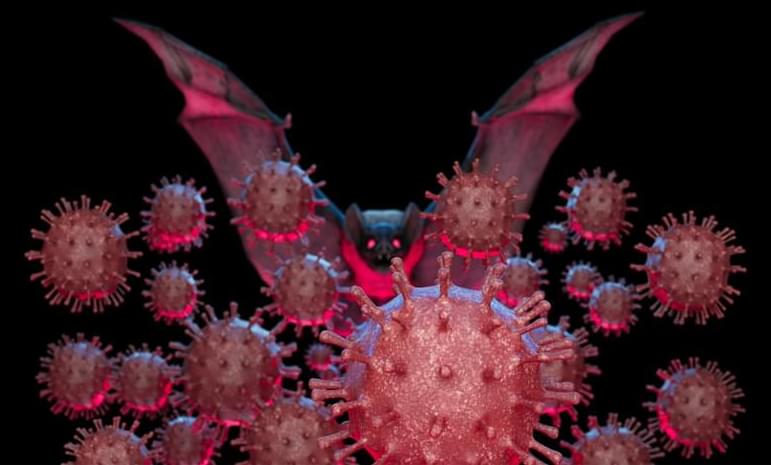
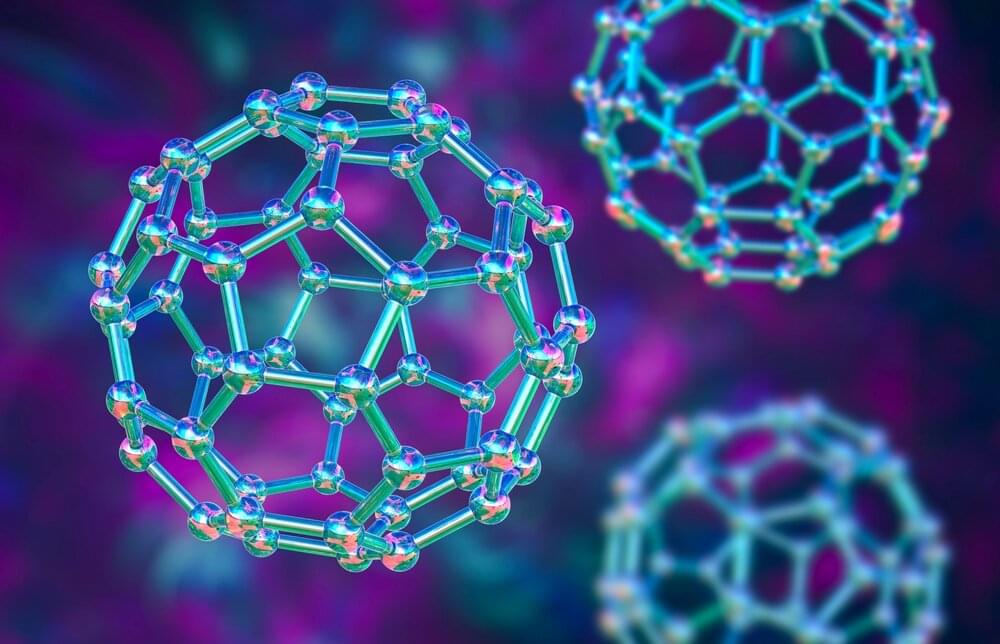
Russian scientists have synthesized a new ultra-hard material consisting of scandium containing carbon. It consists of polymerized fullerene molecules with scandium and carbon atoms inside. The work paves the way for future studies of fullerene-based ultra-hard materials, making them a potential candidate for photovoltaic and optical devices, elements of nanoelectronics and optoelectronics, and biomedical engineering as high-performance contrast agents. The study was published in Carbon.
The discovery of new, all-carbon molecules known as fullerenes almost 40 years ago was a revolutionary breakthrough that paved the way for fullerene nanotechnology. Fullerenes have a spherical shape made of pentagons and hexagons that resembles a soccer ball, and a cavity within the carbon frame of fullerene molecules can accommodate a variety of atoms.
The introduction of metal atoms into carbon cages leads to the formation of endohedral metallofullerenes (EMF), which are technologically and scientifically important owing to their unique structures and optoelectronic properties.
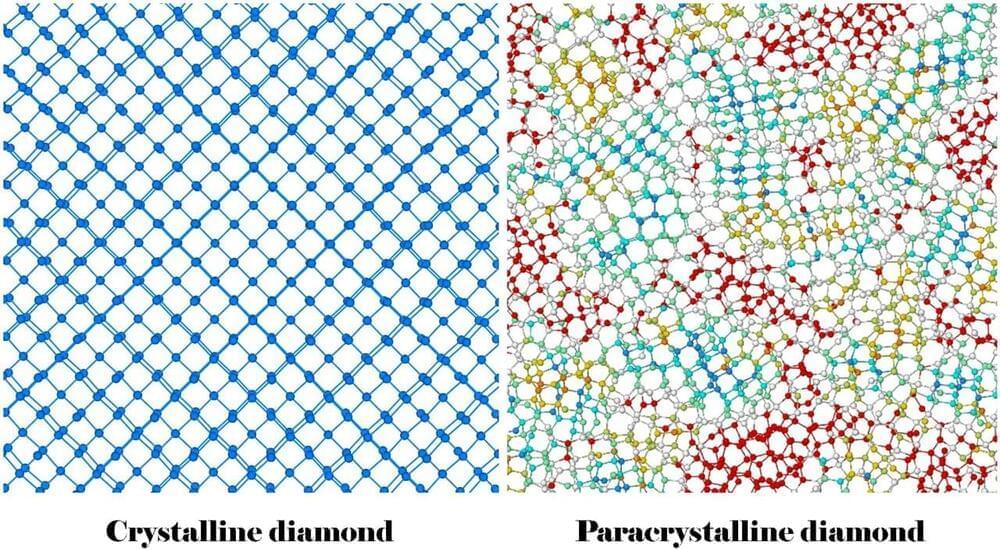
A team of researchers from China, Germany and the U.S. has developed a way to create a less fragile diamond. In their paper published in the journal Nature, the group describes their approach to creating a paracrystalline diamond and possible uses for it.
Prior research has shown that diamond is the hardest known material but it is also fragile—despite their hardness, diamonds can be easily cut or even smashed. This is because of their ordered atomic structure. Scientists have tried for years to synthesize diamonds that retain their hardness but are less fragile. The team has now come close to achieving that goal.
Currently, the way to create diamonds is to place a carbon-based material in a vice-like device where it is heated to very high temperatures while it is squeezed very hard. In this new effort, the researchers have used the same approach to create a less ordered type of diamond but have added a new twist—the carbon-based material was a batch of fullerenes, also known as buckyballs (carbon atoms arranged in a hollow spherical shape). They heated the material to between 900 and 1,300 °C at pressures of 27 to 30 gigapascals. Notably, the pressure exerted was much lower than is used to make commercial diamonds. During processing, the spheres were forced to collapse, and they formed into transparent paracrystalline diamonds which could be extracted at room temperature.
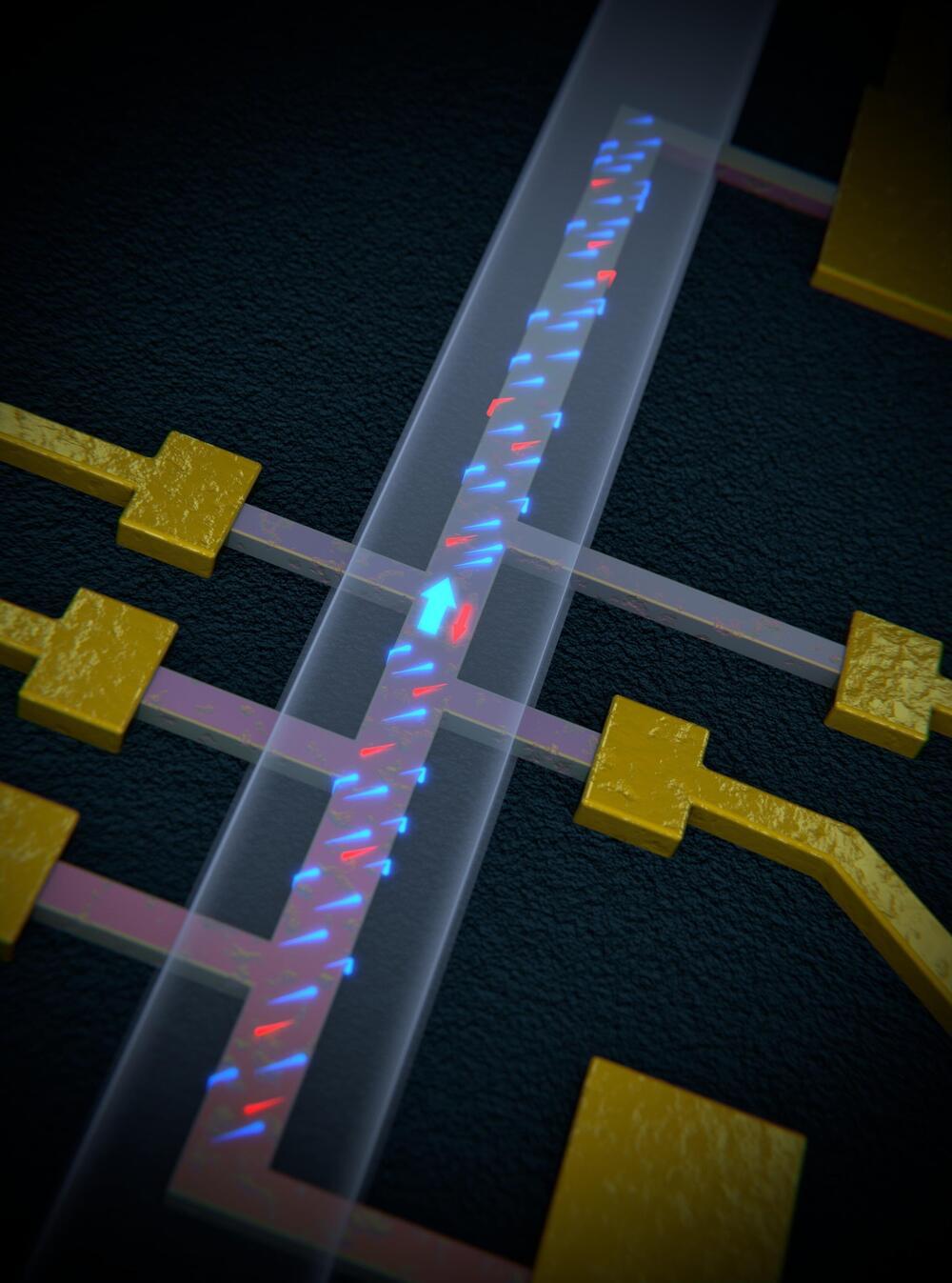
Very thin wires made of a topological insulator could enable highly stable qubits, the building blocks of future quantum computers. Scientists see a new result in topological insulator devices as an important step towards realizing the technology’s potential.
An international group of scientists have demonstrated that wires more than 100 times thinner than a human hair can act like a quantum one-way street for electrons when made of a peculiar material known as a topological insulator.
The discovery opens the pathway for new technological applications of devices made from topological insulators and demonstrates a significant step on the road to achieving so-called topological qubits, which it has been predicted can robustly encode information for a quantum computer.